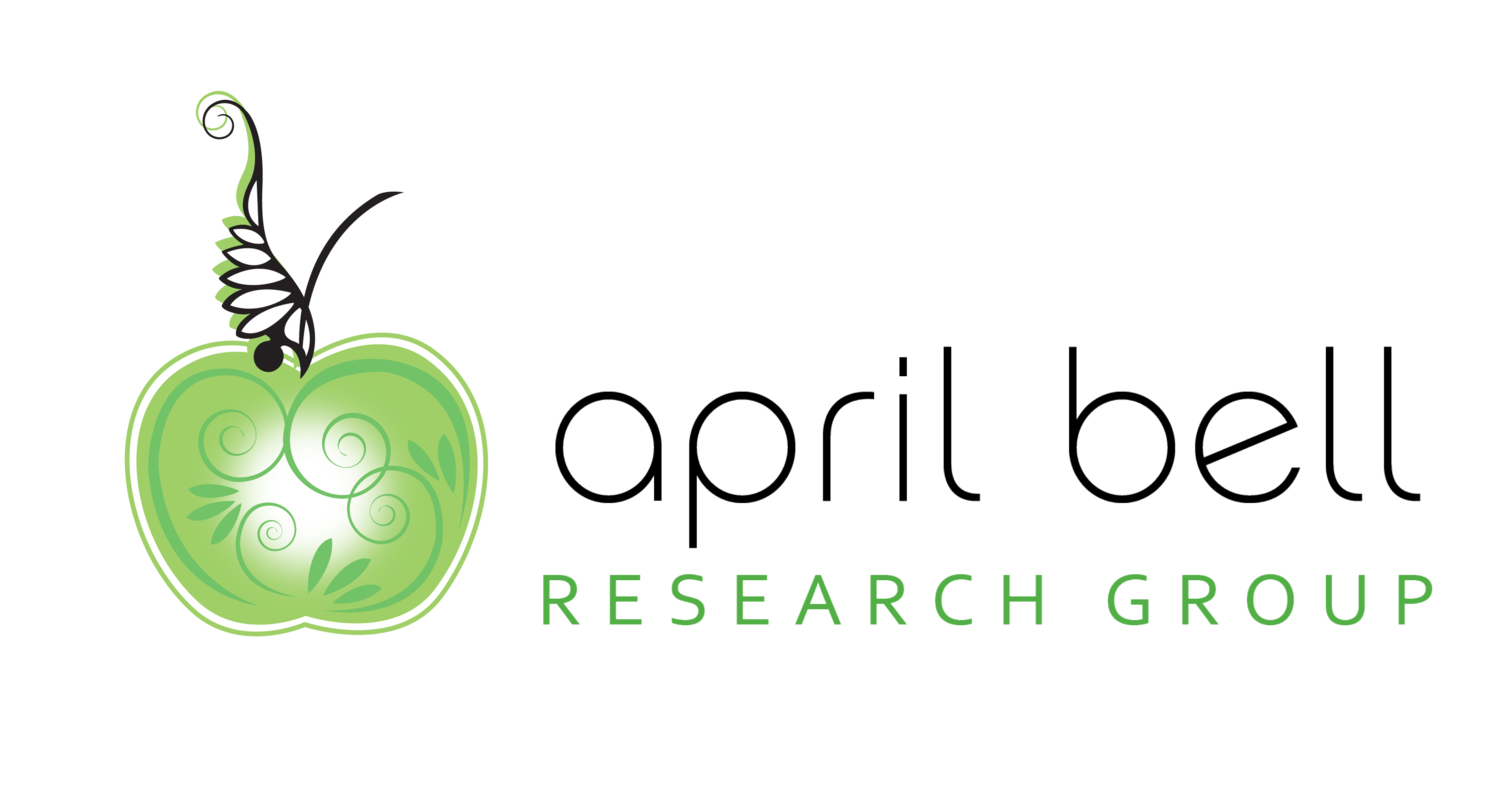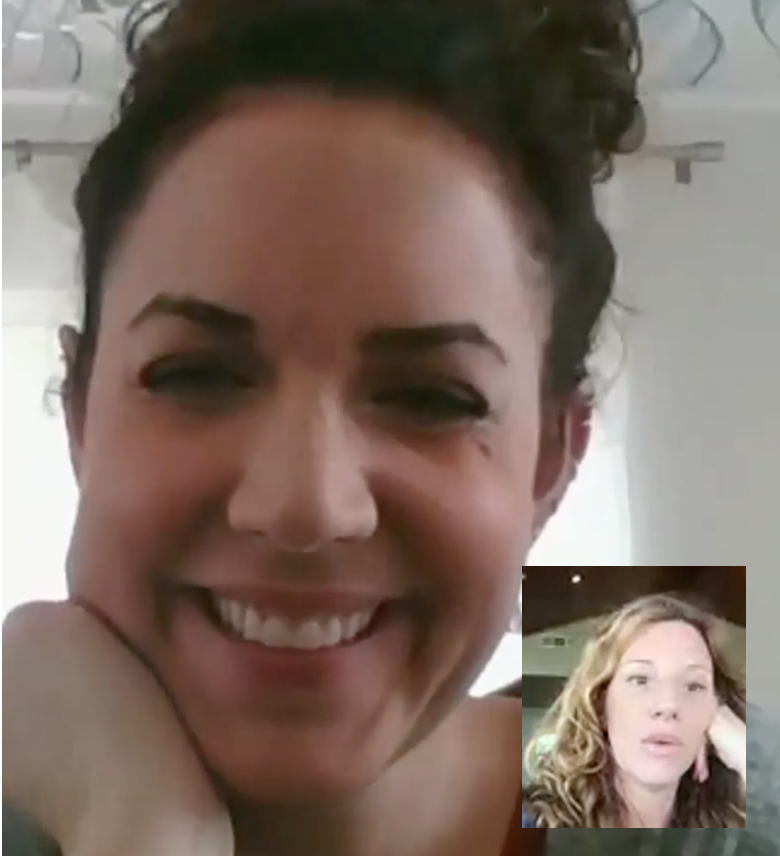I resisted being a teacher. Although my undergraduate degree was in Education, I swiftly pulled the plug on that deal after my student teaching semester. Up until now, I’ve never identified as a teacher, and I’m starting to understand why.
Instead, I have strongly identified as a “marketing researcher,” which really doesn’t mean much to a vast majority of the population. But recently, I have had this overwhelming pull to “teach” something I see as a need. The need to teach: why and how empathy can facilitate creating things that matter.
As a marketing researcher, I have spent the majority of my career unearthing people’s emotional desires and tensions to help brands speak to their customers in a way that can alter choice.
Big brands do that because they know: people make decisions based on emotional desires and frustrations (even when they think they are making decisions with rationale).
Recently, I have been playing with the idea of using empathy to better connect with oneself and each other for the purpose of helping individuals and organizations create more of what matters.
It started with a question - “what if the empathetic marketing research process could be turned inward so that individuals and small groups could unearth their own and other’s emotions to create more of whatever matters in their own lives?”
It has been more of a challenge than I thought to learn how to take this concept out of marketing research, and into real life connections.
This summer, I pulled together a group of women beta testers to review my initial “online course” and who I consider to be:
1. B@dass in their careers
2. Brilliant in their thinking
3. Big-hearted
As the process unfolded, I saw the need to do more than just the learning content and to help them “help each other” with “support sessions” for their creative project. Naively, I thought that bringing together a “focus group” for their individual support should come naturally for me – facilitating the unearthing of emotions to help them tap into their power and create from that is “what I do”, I told myself.
But as time grew nearer to our first session, I realized why I never became a teacher: I have anxiety of losing control of a group’s dynamics and worry they would self-destruct.
This had nothing to do with the group - it comes from my own fear of not feeling safe with others who are smart. I fear judgment, or perhaps seen as crazy, or possibly unseen or unheard.
And while that may seem a little extreme, these fears center around what I have seen throughout my life - of people who “care” for each other. And in their “care”, destroy one another in a group setting. Doing things like shutting people down, “teaching” the one who is vulnerable, over-spiritualizing or becoming the educator, over “sympathizing” or coaching or cheerleading.
All of these things may be well-intentioned, yet they do not foster the safety that is needed for full expression; instead, they shut it down. Nothing new can be created when people are emotionally shut down, afraid to say what they really think or feel. And nothing new can be created when those creating are feeling judged. True creation happens in the space of empathy. For empathy allows creation to unfold.
That is why I believe if we are going to truly “be” with each other authentically, we must learn to show up as our “empathetic self” vs. our “caring self.” When this happens, heart-activated solutions present themselves.
For 17+ years in focus groups, I have created a “container” of space in a controlled environment – one where people feel safe enough to openly express their opinions. As a result, I have been witness to really cool creations.
But it’s one thing to create a safe “container” in a controlled environment, especially when it’s with a group of strangers. In some ways, getting strangers to connect authentically in a deep way is easy because there is little to no fear of loss of future connection. It’s a one and done conversation. Plus, the ones who are actually creating based on emotions are behind the glass.
It’s quite another to guide others who intend to create for and with each other, and have potential fears associated with emotional exposure to be with each other safely, especially in a virtual environment such as Zoom.
It’s more complicated when you begin diving into more authentic conversations with people you care about. Because when you are helping a group form for deeper connection and creativity you must also be with multiple levels of “emotion” – your own, each individual member and the group as a whole.
So, I put together an overarching way to think about the Empathetic Self vs. the Caring Self – and why the caring self does not foster the creativity needed, while the empathetic self does.
Considering I have formed a career doing this, I was shocked at how new it felt to create a container for others to be with others. I struggled afterwards - with my own feelings of shame and disconnection because I wanted to “do better” at simultaneously guiding each member to contribute with “empathy” WHILE keeping the whole group’s energy focused toward the heart instead of the mind.
It’s one thing to create connection, it’s quite another to be connected while teaching it – especially in an empathetic way for myself. Doing so requires all at the same time:
1. Creating connection between the emotions of each individual, the one sharing and the group as a whole
2. Redirecting positively– so each member can stay in emotional conversation
3. Navigating technology – creating virtual energy
4. Creating guardrails for emotional presence.
5. Being present with my own emotions as I danced between creating control over the group’s comfort vs. surrender and trust to the individuals in the process
I realize how much I, too, struggle with being present in my heart rather than my head when I am trying to teach something.
Here’s what I discovered. I need to:
1. Slow down. When teaching something, I must break things down a bit more – I notice my reluctance to want to be the expert and prefer to ask questions than “talk too much.” I prefer to just jump in and do it; that’s my learning style and assume it’s others, too. So, after a quick recap of the thinking, we jumped into the process. I realized afterwards that it would have made everyone feel more comfortable practicing asking open-ended questions if I had given some examples of the type of questions that take people to their heart vs. their mind.
2. Simplify, then Define each step. I used words like “Insight” and “Brainstorm” and realized as I was running down the field toward the goal, I might be the only one who knew where the ball was! Someone asked if I could define an insight – and suddenly my own insight appeared – “Ohhh, I thought to myself. Defining insight would help everyone understand more clearly WHY it’s important to uncover emotional understanding, not just behaviors. Because an Insight is the aha moment when one can gain an accurate and deep intuitive understanding of a person or thing. When Empathy and Insight come together, deeper connections are made.
3. Give the Why – In case you are wondering, it’s not immediately clear in most group settings why you would possibly want to unearth fears, desires, and other feelings. (unless perhaps in group therapy settings). Because, in most cases, it is quite taboo to express emotions fully. The opposite is required – keep your emotions in check, bite your tongue, turn the other check, be a stoic. We are taught at every turn to have “emotional control” so it’s an interesting outlier to have been hired by massive companies for years to do the opposite. Ironic, right? I’m learning that it is not intuitive as to why there are very good reasons to uncover and be with other’s emotions in a controlled environment. Teaching others to connect to create through the power of both heart and mind is a part of what needs to be taught.
4. Model, Tell a Story and/or Give Examples first. My style is – ok, here’s the rough swag, now go do it. Ummm, not helpful when trying to create safe space. As mentioned, emotional unearthing doesn’t necessarily feel “normal”, so easing people into doing new things requires a bit more hand holding than just giving them a bike and pushing them off! I saw that each step in the process we used needs a further “why” as well as an example or story of how to make it concrete.
5. Interrupt with integrity (“Yes and…”) I observed myself not being able to stop me as if in a slow motion reel shouting out to myself – “nooooooooooo” as I watched myself jump in to correcting a question. It’s as if there were 2 parts of me – the part that knew better and the part that was so programmed to do what I do that I just split in half pouring all of my insides on the floor and then attempting to clean up the mess I made. “Practice what you preach” was the lightbulb moment – it’s one thing to “tell others” to build on what others are saying, using positive builds such as “yes and” and “what if” – but if I don’t give myself the same guardrails or reminder, I just do what I know to do. I correct the behavior. And correction is not necessarily what the process is all about, is it? No, it’s not.
So, back to teachers. I wonder how many are struggling with this same need to keep the classes learning (with their mind) and yet emotionally engaged (with their heart) on some level to create work in this new world. We are in a new era of heart and mind working together. And it’s not easy for any of us.
And yet, I am grateful to learn what I am trying to teach - correction via judgment is less important than connection via empathy and surrender of control. It is through the connection to ourselves and others that we will pierce through the pain into creation with strength, love and resilience.

















































